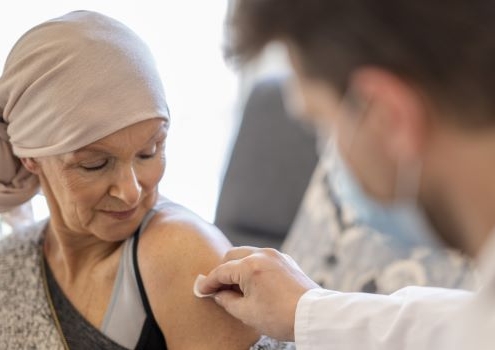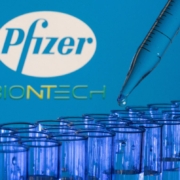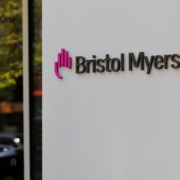80% of patients in Phase I breast cancer vaccine trial alive after 10 years
80% of patients in Phase I breast cancer vaccine trial alive after 10 years
Published: Nov 08, 2022
By Tristan Manalac
BioSpace
Researchers from the University of Washington School of Medicine have developed an investigational vaccine that can safely elicit an immune response against the HER2 protein, a key marker in breast cancer.
Rather than preventing breast cancers from developing, this immunization approach instead primes the immune system to launch a much stronger offensive against the tumor.
The findings, which came from a single-arm Phase I trial of 66 patients diagnosed with HER2-positive breast cancer. were published last week in JAMA Oncology.
In the 66 inoculated patients, the majority of vaccine-related toxicities were mild, classified as either grade 1 or 2 in the third version of the Common Terminology Criteria for Adverse Events.
In a statement, study lead author Dr. Mary L. Disis, professor of medicine at the division of medical oncology at UW and director of the cancer vaccine institute, said these data indicated that “the vaccine was very safe,” with the most common side effects, seen in about half the patients, being similar to what you would see with COVID-19 vaccines.
Side effects included redness and swelling at the injection site and some fever, chills and flu-like symptoms, Disis said.
The investigational vaccine was given in 10-µg, 100-µg and 500-µg doses, delivered intradermally once a month for three immunizations. Soluble granulocyte-macrophage colony-stimulating factor was used as an adjuvant to help boost cytotoxic immunity.
Recruitment for the UW Medicine trial started more than 20 years ago, in 2001, and culminated in 2010. Afterward, participants were followed for ten more years to assess post-vaccine toxicities.
Since the study was a Phase I, non-randomized trial, its main goals were to assess the shot’s safety and tolerability. Still, the research team detected strong and positive signals of efficacy.
Those who had been inoculated with the 100-µg and 500-µg demonstrated significantly stronger type 1 immune response against the HER2 intracellular domain at most of the assessment time points, compared with the 10-µg shot. After controlling for baseline factors, the difference in response had p-values of 0.003 and lower than 0.001, respectively.
“We’ve now followed these women for ten years and 80% of them are still alive,” Disis said, cautioning that the study’s findings remain preliminary and that drawing definitive conclusions about vaccine response and patient survival would be premature at this point.
UW Medicine researchers have already initiated a larger Phase II trial, pitting their investigational vaccine against an active comparator. Enrollment for this study is ongoing and has more than 100 participants.
The investigational vaccine is based on a short stretch of DNA which, when injected, is taken up by cells in the vicinity. In turn, the cells translate these DNA fragments to produce the specific part of the HER2 protein found inside cells, which they then present to the immune system. This intracellular HER2 domain triggers a much stronger cytotoxic response than the protein’s extracellular parts.
Source: BioSpace








 Reuters
Reuters

